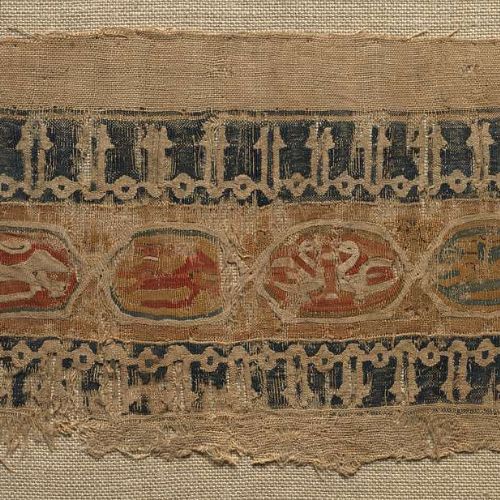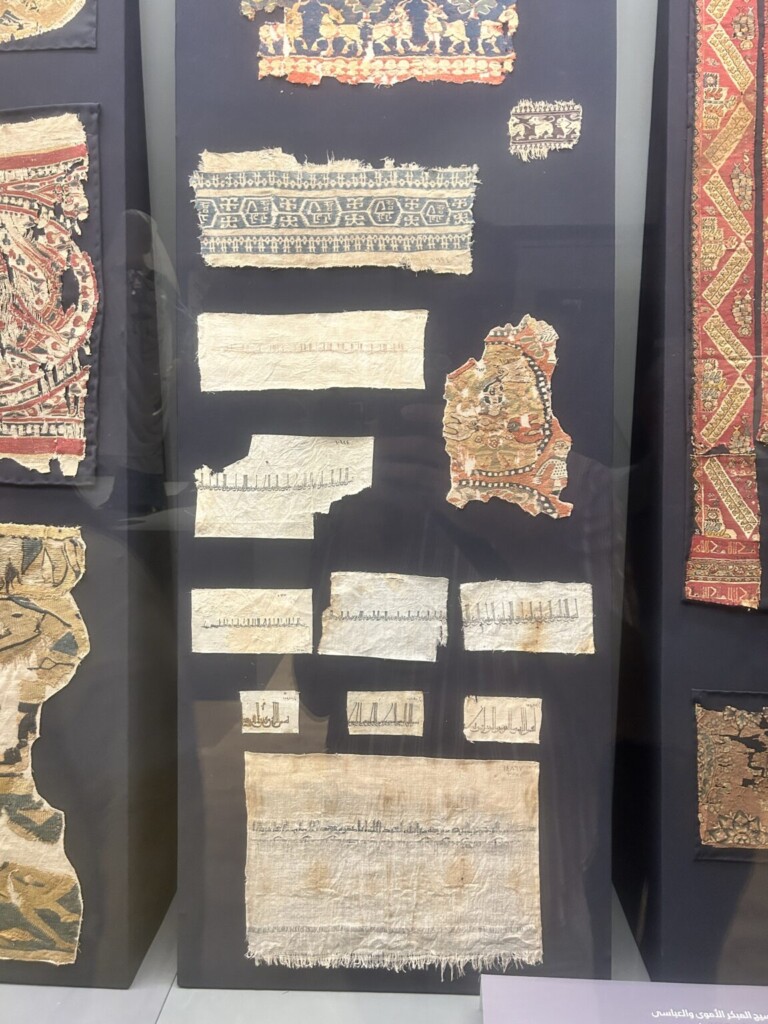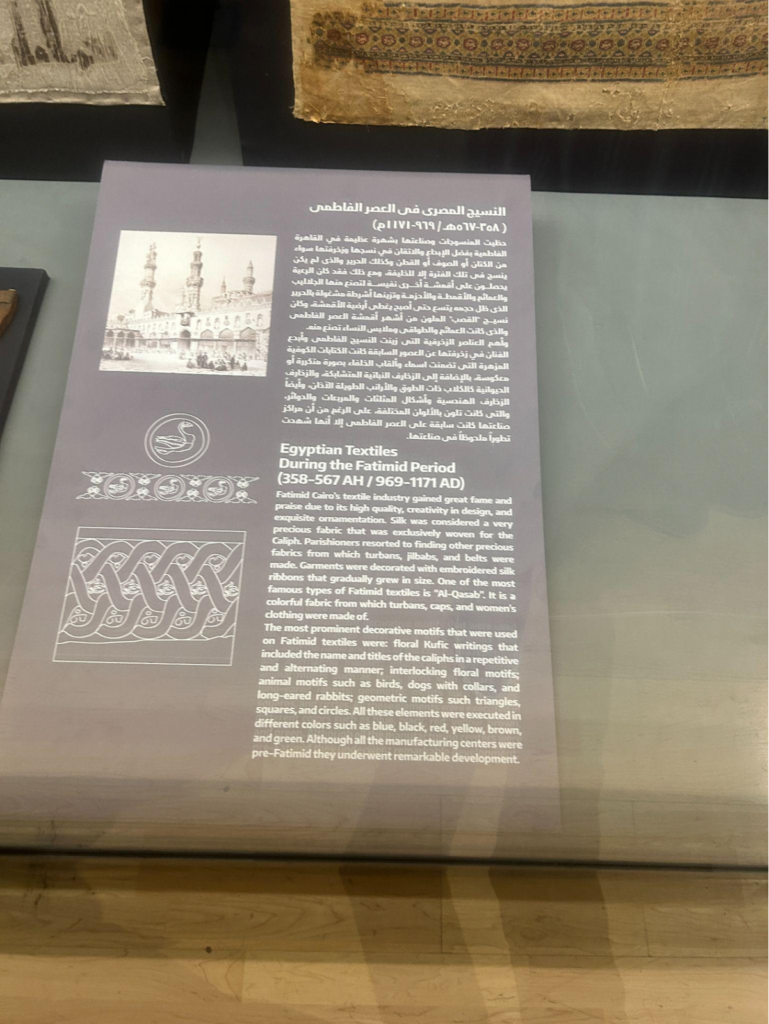






Burnus: (Greek: birros – cloak; Synonym: selham), a traditional long hooded cloak worn by Arab and Berber men in North African countries, and it is part of the traditional Algerian and Tunisian dress, and is also widely used in Morocco and Libya. Traditionally, often made of white coarse wool without sleeves, these cloaks were usually ceremonially worn by men of high positions.
) blend different cultural styles into a harmonious whole.